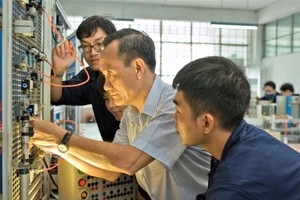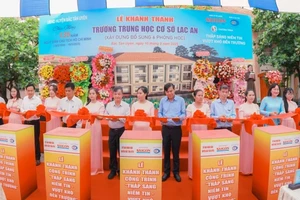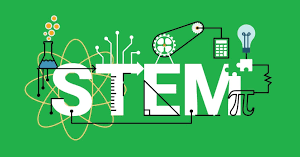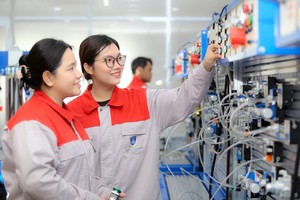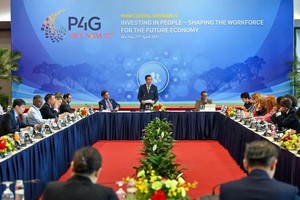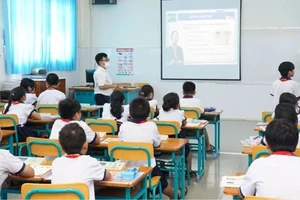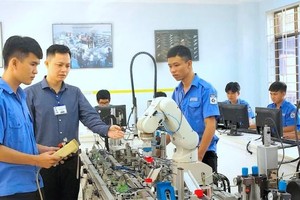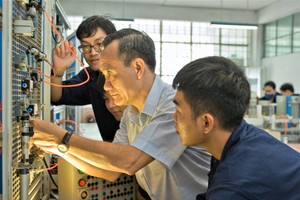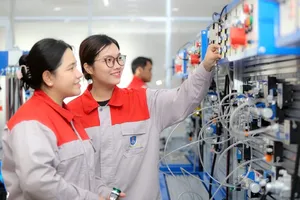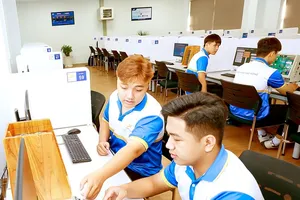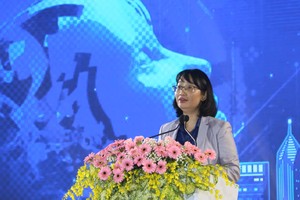 |
At the conference |
The Minister made the statement at a conference on Education and Training Development in the Mekong Delta region to 2030 with a vision to 2045 and implementing the Politburo’s Resolution No. 113/2022 on socio-economic development, ensuring national defense and security organized by the Ministry of Education and Training today in Can Tho City.
According to a report of the Ministry of Education and Training, over the past 10 years from 2010 to 2020, the education sector in the Mekong Delta has developed by building more schools and classes in addition to the deletion of old schools. Local authorities in the region paid attention to appealing to parents to send their children to schools.
Local administrations’ efforts have been rewarded as the number of nationally- standardized schools and higher education institutions increased over the years and education universalization and illiteracy eradication have achieved many outstanding results.
Furthermore, investment in education is increasing from VND14,062 billion in 2010 to VND35,409 billion in 2021 and the quality of education and training is constantly improving.
However, the current situation of education and training in the Mekong Delta still has many shortcomings and certain limitations due to objective reasons such as geographical location, investment in facilities and human resources for teaching and learning is not as much as in other regions.
 |
Students go to schools on boats |
Specifically, the region has about 92,912 classrooms of preschool and high schools, but only 75,746 rooms are in good repair accounting for 81.5 percent. In extremely difficult areas, 1,279 classrooms of preschools and primary schools are temporary shelters.
The ratio of minimum teaching equipment to meet teaching needs is still low, on average, the Mekong Delta only meets 46.4 percent.
In addition, the age-old literacy rate in the Mekong Delta is still lower than the national average. The number and percentage of preschool children and high school students who attend two shifts per day by grade level is still low compared to the national rate. Total state budget investment expenditure for education and training in the region has increased to 13.5 percent but most of the expenditure is on human resources including wages, salary allowances and salary-based contributions whereas the region spends little on raising teachers’ professional skills.
The Mekong Delta is the region with the lowest percentage of trained workers at 14.9 percent and the lowest proportion of the workforce with a university degree or higher at 6.8 percent in the country according to the annual economic report in 2022. Although the scale of training has increased in the past 10 years, it has only partially met local inhabitants’ need to access higher education.
The Minister of Education and Training suggested that the Mekong Delta localities have a total solution, including urgently solidifying schools and classrooms, investing in classroom equipment to serve the new program and allocating budget resources for education and training in a reasonable and effective way, especially in the school year 2023-2024.
